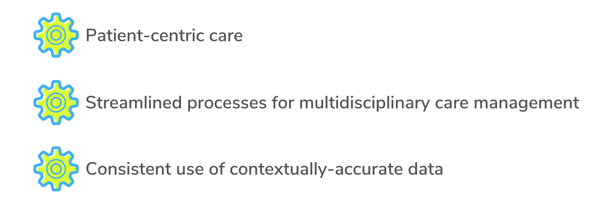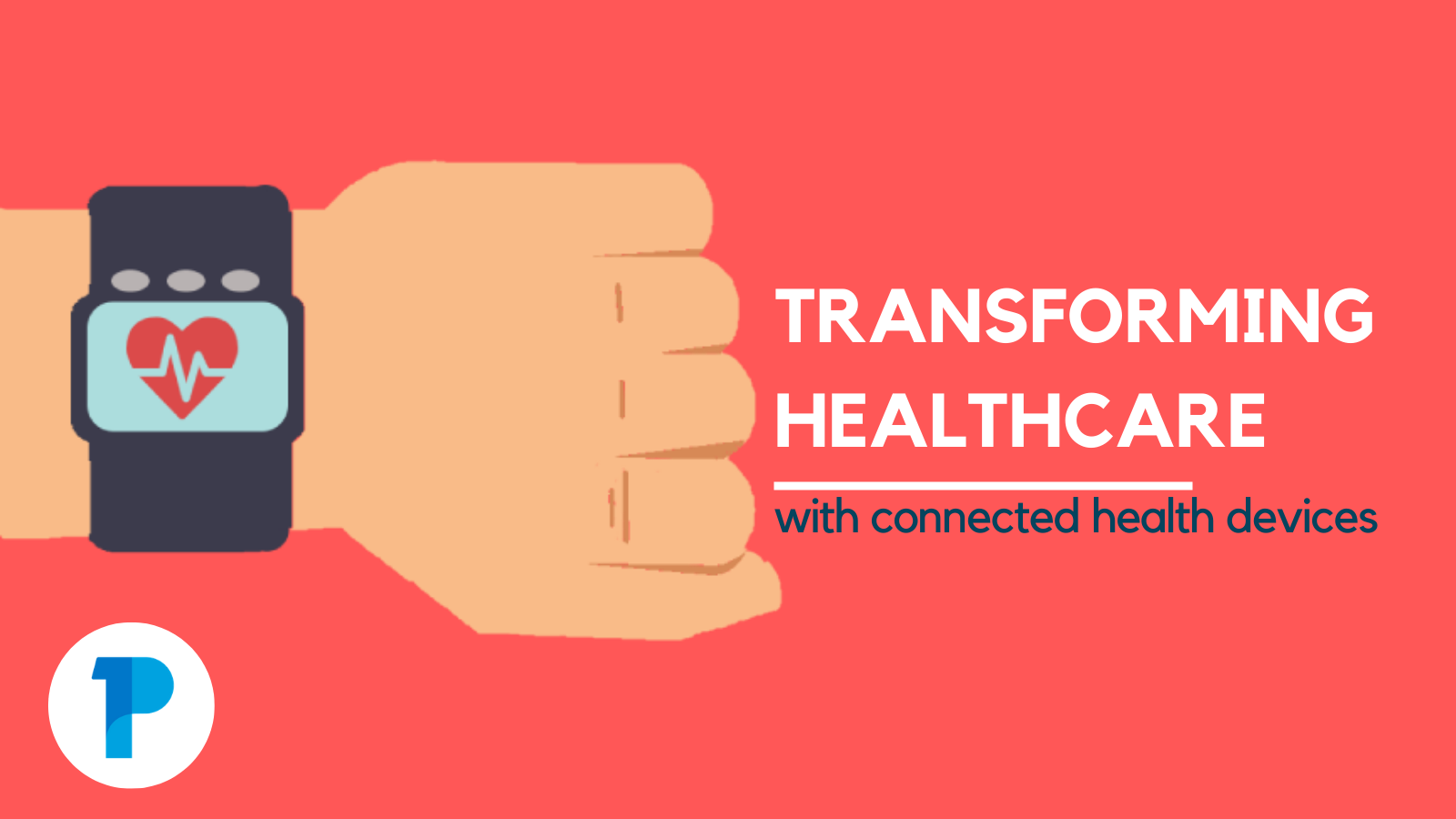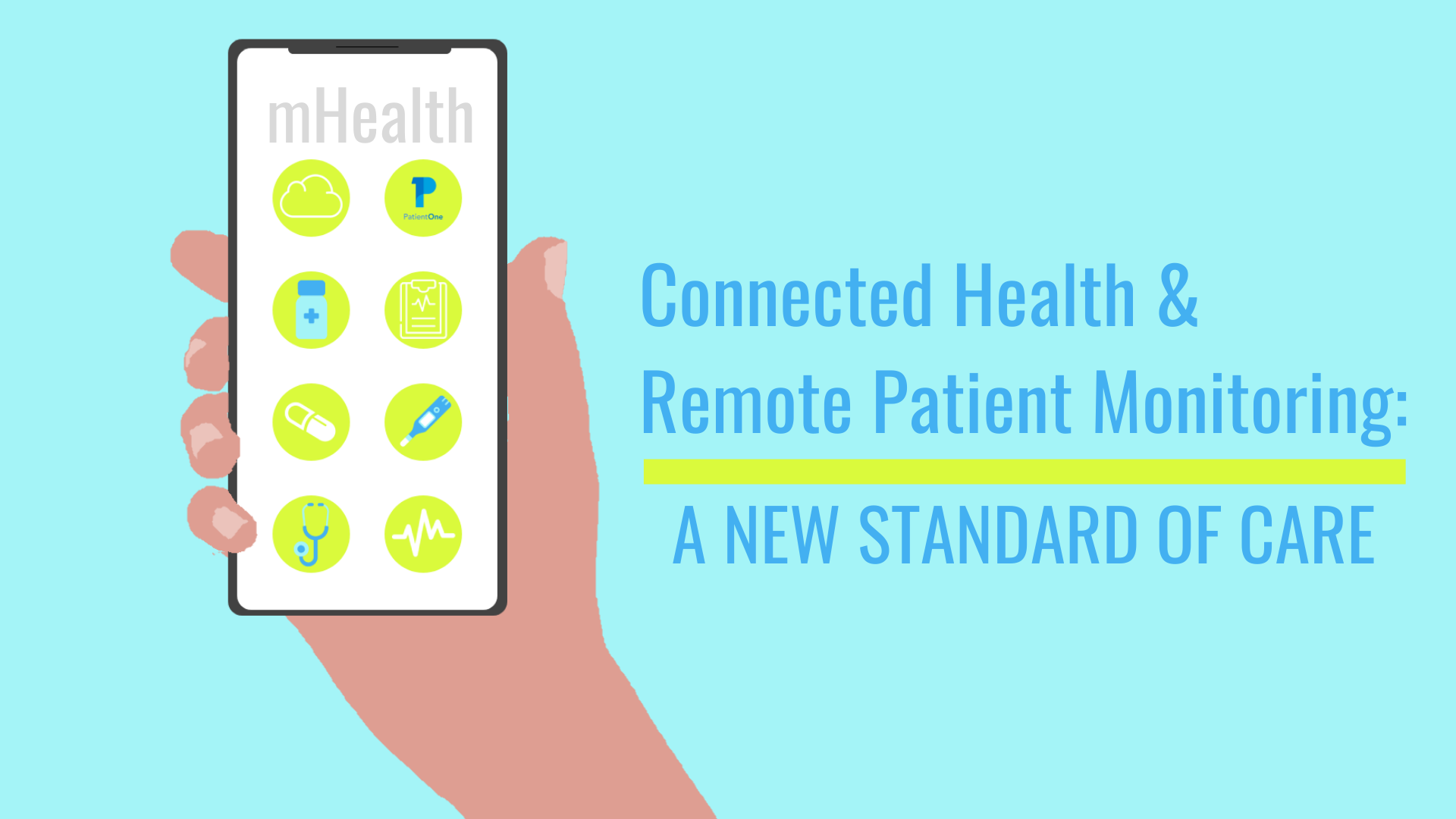Blog
Our latest news and thoughts
- All Posts
-
- Healthcare
- Remote Patient Monitoring
- Connected Care
- Patient Satisfaction
- Digital Innovation
- Standard of Care
- CMS
- Connected Health Devices
- Medicare
- Reducing Expenses
- Connected Health
- Patient Provider Relationship
- Bundled Payments
- Bundled Payments for Care Improvement
- Clinical Empathy
- Coronavirus
- Entrepreneurship
- Optimize Costs
- Physician Burnout
- Revenue
Quality Improvement in Healthcare
Topics: Remote Patient Monitoring, Patient Satisfaction, Standard of Care, Connected Care, Digital Innovation, Connected Health Devices
November 14, 2019
by Dozie Ezerioha, MD
While unfortunate, the truth of the matter is that there are significant issues regarding the current state of the American healthcare system. Given how much we spend on healthcare, there are problems that we simply should not be having. We have a lot of work still ahead of us, should we truly want to improve the overall quality of care patients receive.
Large scale changes are needed, and it’s encouraging to see that big tech companies like Apple and Amazon are slowly making inroads into healthcare. We need all the firepower we can get to transform the US healthcare system into the standard it has the potential for.
To achieve this aim of improving quality and outcomes while keeping costs low, we have to ensure that the backbone of our new and improved system is built around:

However, by focusing on the following three areas, we can spark systemic changes centered around benefiting our patients and providers.
We have everything that we need to enhance our care delivery models, improve patient satisfaction, curtail physician burnout, boost staff efficiency, and provide safer care. In fact, you really only have to make one decision in order to reap all of these benefits, and then some. Too good to be true? That’s not what the evidence says.
Enter the technological era:
As detailed in a previous blog post, the digital age has been embraced by both healthcare organizations and the general public. Nearly all of us have found ourselves with a new appendage (smartphones) that connects us to everything from fitness tracking to Grandma Jean’s Instagram profile. But who knew that these small devices and the technological literacy that they’ve bestowed upon us would be the key to improved quality in healthcare?
According to the HRSA, “quality improvement consists of systematic and continuous actions that lead to measurable improvement in health care services and the health status of targeted patient groups”. The organization goes on to offer four characteristics of a successful quality improvement program:
- Systematic, measurable changes to internal processes
- Patient-centered goals
- Team-centered work atmosphere
- Comprehensive and consistent use of data
Hitting all four isn’t as hard as you’d think.
Digital Health Software
The right tele-health solution has the ability to generate massive change for your practice and your patients. According to the AHRQ, “tele-health can improve convenience for patients while reducing health care costs and increasing opportunities for clinicians”. Finding the perfect digital health solution for your practice, however, can feel like finding a needle in a haystack. With the amount of technology on the market and seemingly perpetual innovation, it can be difficult to identify which solutions could actually work for your practice.
Implementing a new health IT solution means that you have acknowledged that things could be running a little smoother. The right software for your practice should be scalable in a way that allows process improvements to utilize each member of your team to their full capacity. It should supplement all of your staff’s efforts, not overburden them. You are, after all, spending money on a new product, potentially compromising your efficiency, and throwing a curveball to your patients. The right solution will not slow you down.
Designed by experts in the health care space, PatientOne adds significant and measurable value for your patients, providers, and bottom-line. Our remote patient monitoring (RPM) platform and use of connected health devices allow your patients to experience higher quality, more empathetic care in the comfort of their own homes. Daily check-ins ascertain that patients are kept on track, while the ability to instantly message clinic staff provides consistent security and support.
Time is money, especially for physicians.
That’s why we designed our platform to automate avoidable administrative burdens and save provider time wherever possible. Our analytical software generates clinical alerts from big data for you and allows timely, proactive risk management.
Further workflow enhancements and the creation of care teams allow your clinic staff to work together and coordinate the best care for your patients. Additionally, our software automatically captures all of your time remotely monitoring your patients and notifies you when you’re eligible to submit for reimbursement through CMS.
Though there are many issues to tackle in healthcare, the right digital health software can dramatically improve the quality of services delivered by providers and enjoyed by patients. An ounce of prevention is worth a pound of cure, as they say.
|
Dr. Doz |



%20(1).png?width=167&name=Carrie%20Nixon%20round%20(2)%20(1).png) ie Ezerioha is the Chief Medical Informatics Officer at PatientOne. For almost a decade, he’s tackled healthcare’s most pressing real-world challenges by finding ways to fix the system to deliver better outcomes. Dozie’s background in life sciences, engineering and medicine, and his passion for optimizing the patient healthcare experience, drives his patient-centric approach to building innovative health technology.
ie Ezerioha is the Chief Medical Informatics Officer at PatientOne. For almost a decade, he’s tackled healthcare’s most pressing real-world challenges by finding ways to fix the system to deliver better outcomes. Dozie’s background in life sciences, engineering and medicine, and his passion for optimizing the patient healthcare experience, drives his patient-centric approach to building innovative health technology.
